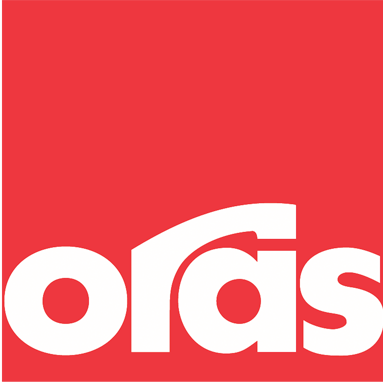Even though you’re in a rush, don’t forget to flush. You probably know a story like this. The deadline is approaching for a commercial building that’s already behind schedule. You’re one installer short of a team, and you have 20 faucets to install by the end of the day. And you’re desperate for ways to slice precious minutes off of each installation.

Don’t be tempted to skip the flush
We all do it, and we know it can save time when we’re under pressure, but flushing the pipes is critical to the assembly of every faucet, especially automatic faucets.
“Although flushing pipes before installing a faucet is required by law in some countries, many installers forget to do it,” says Ville-Petteri Ismälä, Oras Technical Service Rep. “And it’s a shame because even the smallest amount of dust or sand in the pipes can damage the faucet. And if they don’t flush, they may need to come back and fix the faucet at some point.”
Yet while the law does not require flushing pipes in every country, here are the top 4 reasons why we believe flushing is necessary to make every installation a success:
- Prevent operating issues – Flushing helps clear any dust, sand or other debris from interfering with the aerator, levers and - if you’re working with touchless faucets – the overall function of the faucet. If the pipes are not flushed, sooner or later, this debris can cause the faucet to malfunction. The touchless faucets are particularly vulnerable for impurities in the water since if dirt ends up inside the pilot valve, this can cause leaking.
- Save time down the road – Although flushing requires 7 minutes per faucet today, it can save you an extra maintenance trip later when you could be just as busy.
- Ensure customer satisfaction – By preventing operating issues, you can also save your clients the time and hassle of calling you back to fix the faucet.

Even the smallest amount of dust or sand in the pipes can damage the faucet and this can create malfunctions especiallu for touchless faucets.
Whether you’re on a tight deadline for a commercial building or you need to visit 5 private homes before lunch, take the time to flush the pipes before each faucet installation. An easy tip? Plan your visit – what you are going to do and in what order – a day in advance to allow yourself enough time to take all the needed steps for a successful installation, including the flushing. Not only is it good for the customer, but it also gives you the extra assurance you need to know the job is done right.







